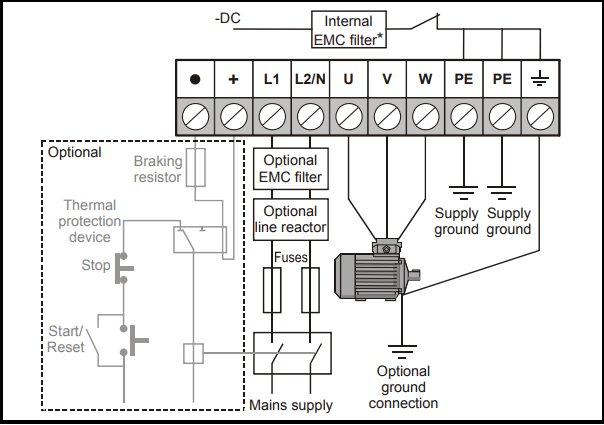rimcanyon
Diamond
- Joined
- Sep 28, 2002
- Location
- Salinas, CA USA
My 71 modular drive shows evidence of severe overheating from the braking resistors. The problem has been partially repaired, but some wires are missing and the cause of the problem is still speculative. I have yet to apply power to the lathe, but I am in no hurry, since the gearbox just came off and I am in the process of cleaning and painting the lathe.
Carl came over and together we came to the conclusion that the current relay, the part labeled QSD (what does that stand for?), is a likely cause.
The wiring repair needed is to replace wire that overheated, and some of it is missing, so I need some help. The wires from the braking resistors go to the terminal strip connections labeled 41 and A2. What gauge wire should be used? The wire being replaced is 12 gauge, but the wire feeding the terminals is much larger.
How do I verify correct operation and adjust the current relay, QSG? Can someone explain how it works, what it senses, and under what conditions it trips?
And one more question: where can I find the gasket material used to seal the modular drive compartment? Mine has deteriorated, but considering the age of the lathe and the amount of solvents, etc. it has done a good job. It is a round soft rubber, about 1/4" dia.
-Dave
Carl came over and together we came to the conclusion that the current relay, the part labeled QSD (what does that stand for?), is a likely cause.
The wiring repair needed is to replace wire that overheated, and some of it is missing, so I need some help. The wires from the braking resistors go to the terminal strip connections labeled 41 and A2. What gauge wire should be used? The wire being replaced is 12 gauge, but the wire feeding the terminals is much larger.
How do I verify correct operation and adjust the current relay, QSG? Can someone explain how it works, what it senses, and under what conditions it trips?
And one more question: where can I find the gasket material used to seal the modular drive compartment? Mine has deteriorated, but considering the age of the lathe and the amount of solvents, etc. it has done a good job. It is a round soft rubber, about 1/4" dia.
-Dave


